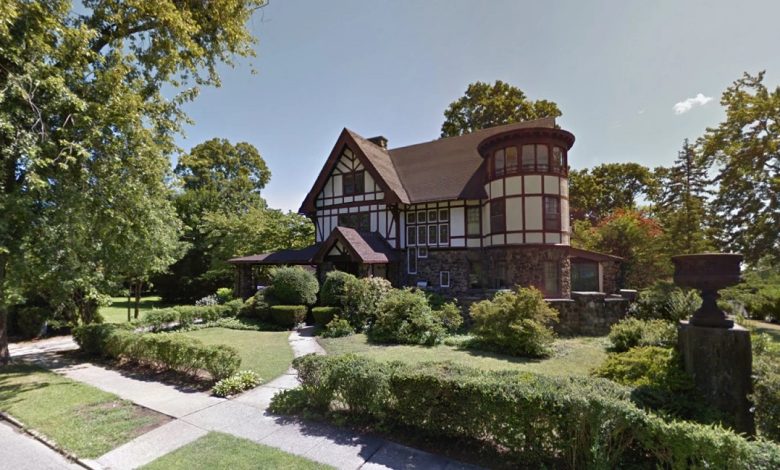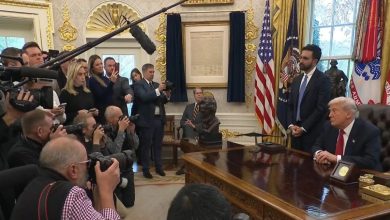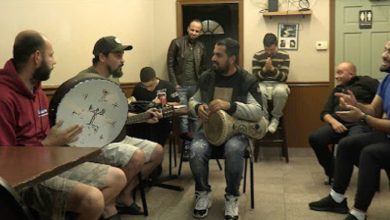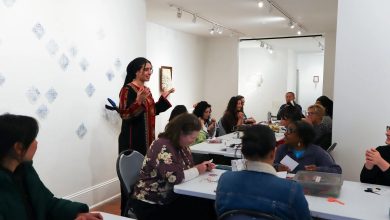Affordable Housing in America: Where Muslims Live and How They Choose Homes?
A guide to low-rent U.S. cities and the housing preferences of Muslim communities between apartments and private houses

Finding affordable housing in the United States is one of the biggest concerns for families, students, and new immigrants, including Muslims who arrive seeking education, jobs, or a better life. Rental prices vary greatly across the country depending on region, city size, and local economy. At the same time, cultural and lifestyle preferences influence whether Muslims in America choose private houses or apartments.
Where are the lowest rents in the United States?
Generally, rental prices are lowest in the Midwest and parts of the South. States such as Ohio, Indiana, Kansas, and Kentucky offer relatively cheap housing compared to major coastal cities. For example:
-
Cleveland, Ohio and Toledo, Ohio are known for very low average rents compared to national standards.
-
Detroit, Michigan has many affordable rental properties due to its economic restructuring.
-
Memphis, Tennessee and Birmingham, Alabama also offer low monthly housing costs.
By contrast, large metropolitan areas like New York City, Los Angeles, San Francisco, and Washington, D.C. have some of the highest rents in the country, often beyond the reach of average working families.

Do Muslims in America live in houses or apartments?
The choice between a private house and an apartment depends on financial ability, family size, and location:
-
Apartments in cities – Many Muslim students, young professionals, and newly arrived immigrants prefer renting apartments, especially in urban areas where universities, mosques, and job opportunities are concentrated. Apartments provide easier access to halal shops, Islamic centers, and public transportation.
-
Private houses in suburbs – Established Muslim families who have lived in the U.S. for many years often buy or rent single-family homes in suburban areas. These houses provide more space for children, gardens for gatherings, and a stronger sense of privacy that aligns with cultural values.
-
Community clusters – In certain states, Muslim families tend to live in clusters within specific neighborhoods, allowing them to build social networks and have mosques nearby. Examples include Dearborn, Michigan (one of the largest Arab Muslim populations in the U.S.), Paterson, New Jersey, and parts of Chicago, Illinois.

Housing and Muslim identity in America
For Muslims, housing is not just about affordability but also about maintaining community life. Proximity to mosques, halal markets, and Islamic schools often plays a key role in deciding where to live. While some prioritize affordable rent, others are willing to pay more to live in neighborhoods with a strong Muslim presence.



